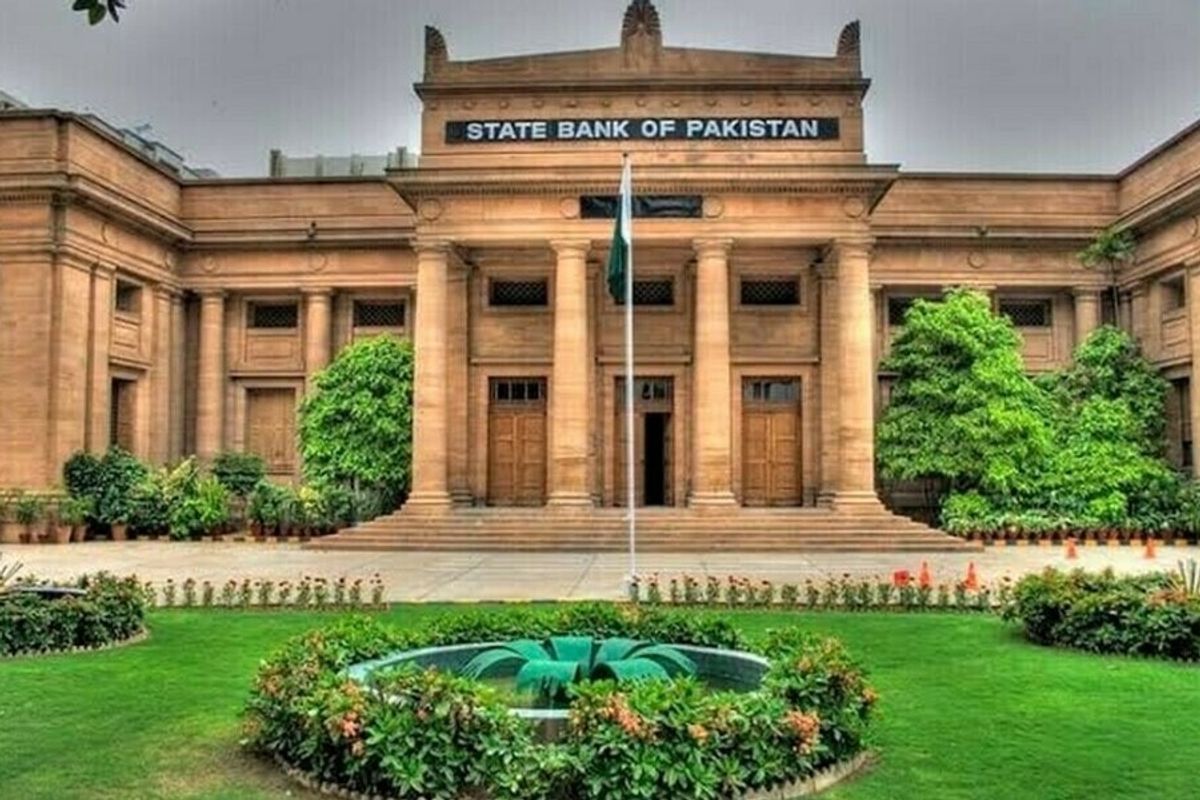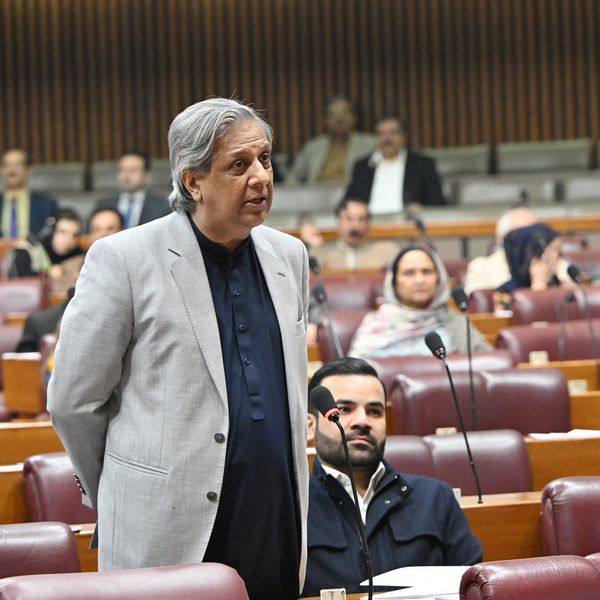Pakistan central bank to unveil FY26's first monetary policy
Ten analysts surveyed by Nukta predict a 50 basis points reduction in the policy rate

Haris Zamir
Business Editor
Experience of almost 33 years where started the journey of financial journalism from Business Recorder in 1992. From 2006 onwards attached with Television Media worked at Sun Tv, Dawn Tv, Geo Tv and Dunya Tv. During the period also worked as a stringer for Bloomberg for seven years and Dow Jones for five years. Also wrote articles for several highly acclaimed periodicals like the Newsline, Pakistan Gulf Economist and Money Matters (The News publications)

The State Bank of Pakistan (SBP) is scheduled to unveil its first Monetary Policy Statement (MPS) for the fiscal year 2025-26 on Wednesday, with analysts divided over the central bank’s next move on the benchmark interest rate.
According to a survey conducted by Nukta, 15 research analysts from leading brokerage houses, banks, and mutual funds expressed varying expectations. While the majority anticipate a modest rate cut, some argue for a more cautious stance amid global uncertainties.
Ten analysts predicted a 50 basis points (bps) reduction in the policy rate, while two expect a more aggressive 100 bps cut. One analyst forecasted a 200 bps slash. However, two analysts said the SBP should maintain the current rate, warning that potential volatility in global commodity markets later in the year could place renewed pressure on the rupee.
The State Bank of Pakistan’s policy rate hit a record low of 5.75% from May 2016 to July 2017, while the highest rate of 22.00% was observed between Jun 2023 and April 2024.
With the rate now at 11.00%, if the SBP announces a 50 to 100 bps cut, it would mark a nearly five-year low, with rates at those levels last recorded in June 2020 during the COVID-19 stimulus phase.
Improving macros support cautious easing
Sana Tawfik, head of research at Arif Habib Limited, said the improving macroeconomic landscape provides room for the SBP to initiate monetary easing.
“We expect a 50 bps rate cut in the upcoming Monetary Policy Committee meeting, as improving macro fundamentals give SBP the space to ease,” she stated. Tawfik highlighted falling inflation and a strengthened external account as key factors.
Headline inflation dropped to 3.2% year-on-year (YoY) in June, with core inflation easing to 7.5%. For FY26, Consumer Price Index (CPI) inflation is projected to average 5.4%, while core inflation is estimated around 8%.
The external sector has also shown signs of recovery, with a current account surplus of $328 million in June and $2.1 billion for the full FY25, a marked turnaround from last year’s deficit. However, overall industrial momentum remains subdued, despite a 2.3% YoY growth in Large-Scale Manufacturing (LSM) in May.
Tawfik believes a moderate rate cut would help lower borrowing costs, support business activity, and reinforce the fragile economic recovery, especially following a modest GDP growth of 2.68% in FY25.
Market pricing in cut, but caution persists
Maaz Azam, head of research at Optimus Capital Management, echoed a similarly measured outlook, expecting headline CPI to remain contained at 3.3% in July, with core inflation dipping close to 7%.
“While this provides room for further monetary easing and the market has priced in the same, SBP is likely to maintain a cautious approach,” Azam said. “A measured approach will help sustain macro stability and extend the recovery cycle without risking renewed imbalances.”
Azam pointed to improving business confidence and early signs of economic pickup. He cited consecutive months of positive LSM growth, increased private sector credit (up 12.8% YoY), and an 18% YoY rise in currency in circulation as indicators of recovery.
Still, he warned that external vulnerabilities remain. Despite recent current account and reserve improvements — bolstered by softening commodity prices and rising remittances — exports fell to just 7.9% of GDP in FY25, and foreign exchange reserves are still low at 4.5% of GDP.
While sentiment is cautiously optimistic, not all are convinced the SBP should cut rates now. Two analysts surveyed believe it would be prudent to maintain the status quo, citing risks of a global commodity price surge in Q4 2025, which could once again pressure Pakistan’s currency and external account.
“The SBP must weigh short-term relief against long-term sustainability,” one analyst noted, adding that without meaningful fiscal reforms and diversification in exports, the recovery may not endure external shocks.
The SBP’s decision on Wednesday will signal its reading of Pakistan’s delicate economic balance — between recovery and risk. Markets await with bated breath to see whether the central bank will initiate a policy easing cycle or choose to hold fire in the face of lingering vulnerabilities.










Comments
See what people are discussing